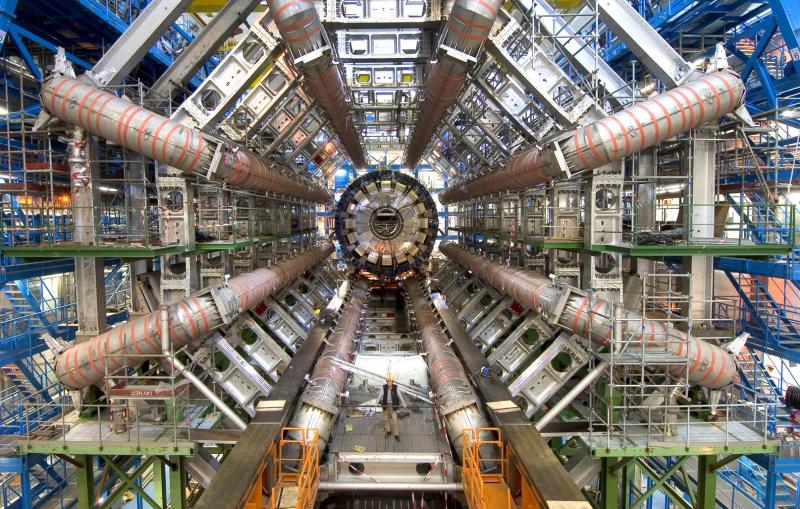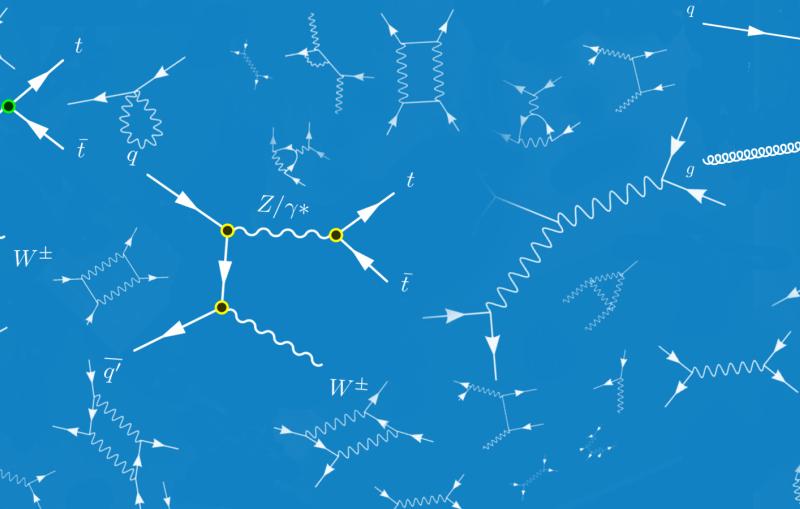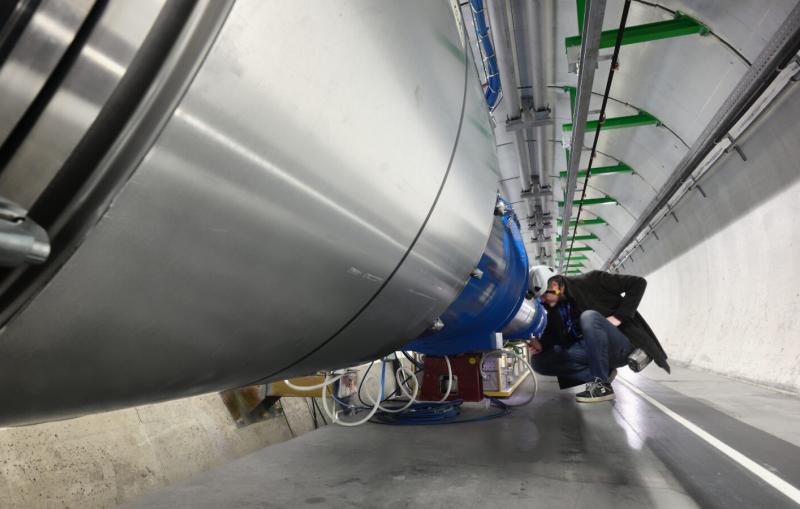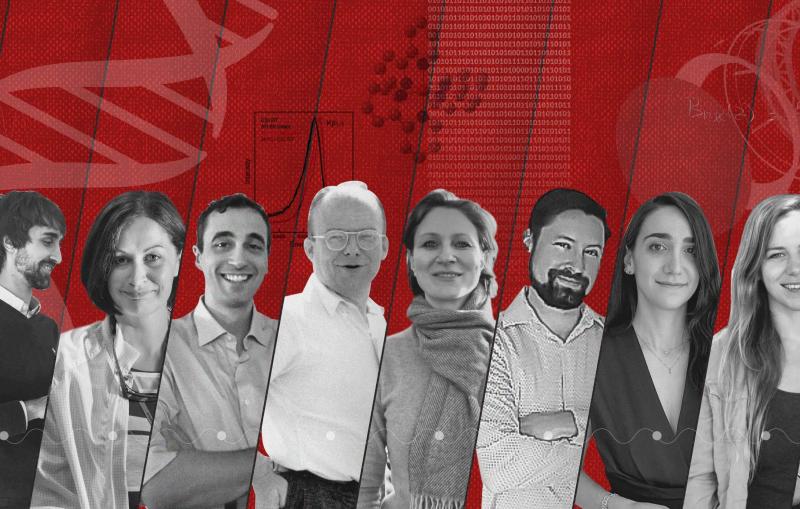SLAC physicist wins American Physical Society early career award
Bernhard Mistlberger will receive the APS’s 2023 Henry Primakoff Award for Early-Career Particle Physics for his work on precision Standard Model calculations.
Bernhard Mistlberger

Bernhard Mistlberger, a theoretical physicist at the Department of Energy’s SLAC National Accelerator Laboratory, has devoted much of his young career to deriving ever more precise predictions from the Standard Model of particle physics. For his efforts, the American Physical Society will present him with its 2023 Henry Primakoff Award for Early-Career Particle Physics.
The Primakoff Award follows on a Gribov Medal, which the European Physical Society awarded to Mistlberger last year for the same body of research.
Mistlberger’s research aims to match Standard Model predictions to growing precision of experiments, especially those at the Large Hadron Collider at CERN, where researchers are studying the Higgs boson and other fundamental particles. To derive any such predictions, physicists rely on an approximation scheme first devised in the 1950s and represented by Feynman diagrams. While the simplest Feynman diagrams already do a good job predicting many processes, theorists need to develop new methods for computing those diagrams to meet the precision of the latest experimental data.
“The idea is always to compare the best of our current understanding to the best experimental measurements in order to learn if we are missing anything and where the boundaries of our current knowledge lie,” Mistlberger said. "With the LHC we are currently probing a large range of physics we never could experimentally access before to an outstanding degree of precision. To see if we actually understand all that is going on in the data, we need precise predictions for a quite large range of observables.”
In earlier work, those observables included relatively simple things, such as how many Higgs bosons LHC scientists might expect to see in the aftermath of a particle collision. In their latest work, Mistlberger and colleagues, including SLAC postdoctoral fellow Gherardo Vita, are extending what they've learned to make more precise predictions about other observables, such as how likely LHC experimentalists are to see a variety of elementary particles emerge from the decay of the Higgs and other particles, given both the underlying particle physics and experimental constraints.
The Primakoff Award has been awarded annually since 2011 to physicists who received a Ph.D. within the last the seven years, and it recognizes contributions in both experimental and theoretical particle physics. Mistlberger is the second SLAC scientist, after Stefan Hoeche in 2016, to receive the award. “It’s a fantastic recognition of my work, and I'm very happy and honored to receive this award,” Mistlberger said.
For questions or comments, contact the SLAC Office of Communications at communications@slac.stanford.edu.
About SLAC
SLAC National Accelerator Laboratory explores how the universe works at the biggest, smallest and fastest scales and invents powerful tools used by researchers around the globe. As world leaders in ultrafast science and bold explorers of the physics of the universe, we forge new ground in understanding our origins and building a healthier and more sustainable future. Our discovery and innovation help develop new materials and chemical processes and open unprecedented views of the cosmos and life’s most delicate machinery. Building on more than 60 years of visionary research, we help shape the future by advancing areas such as quantum technology, scientific computing and the development of next-generation accelerators.
SLAC is operated by Stanford University for the U.S. Department of Energy’s Office of Science. The Office of Science is the single largest supporter of basic research in the physical sciences in the United States and is working to address some of the most pressing challenges of our time.





